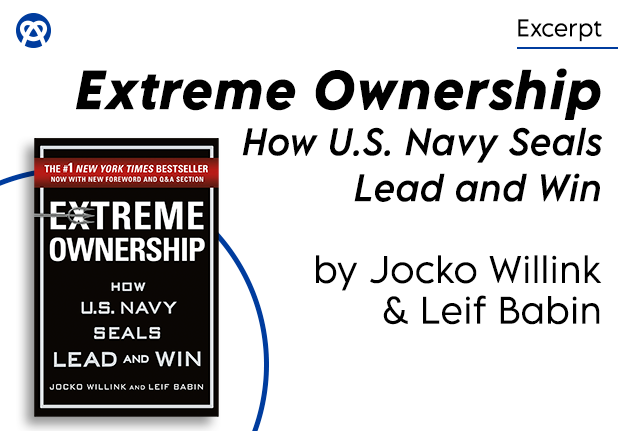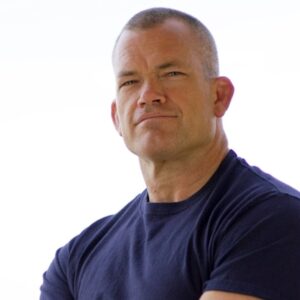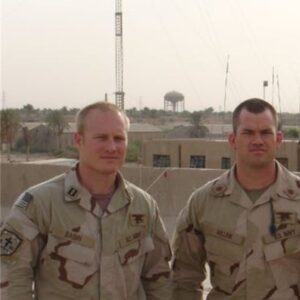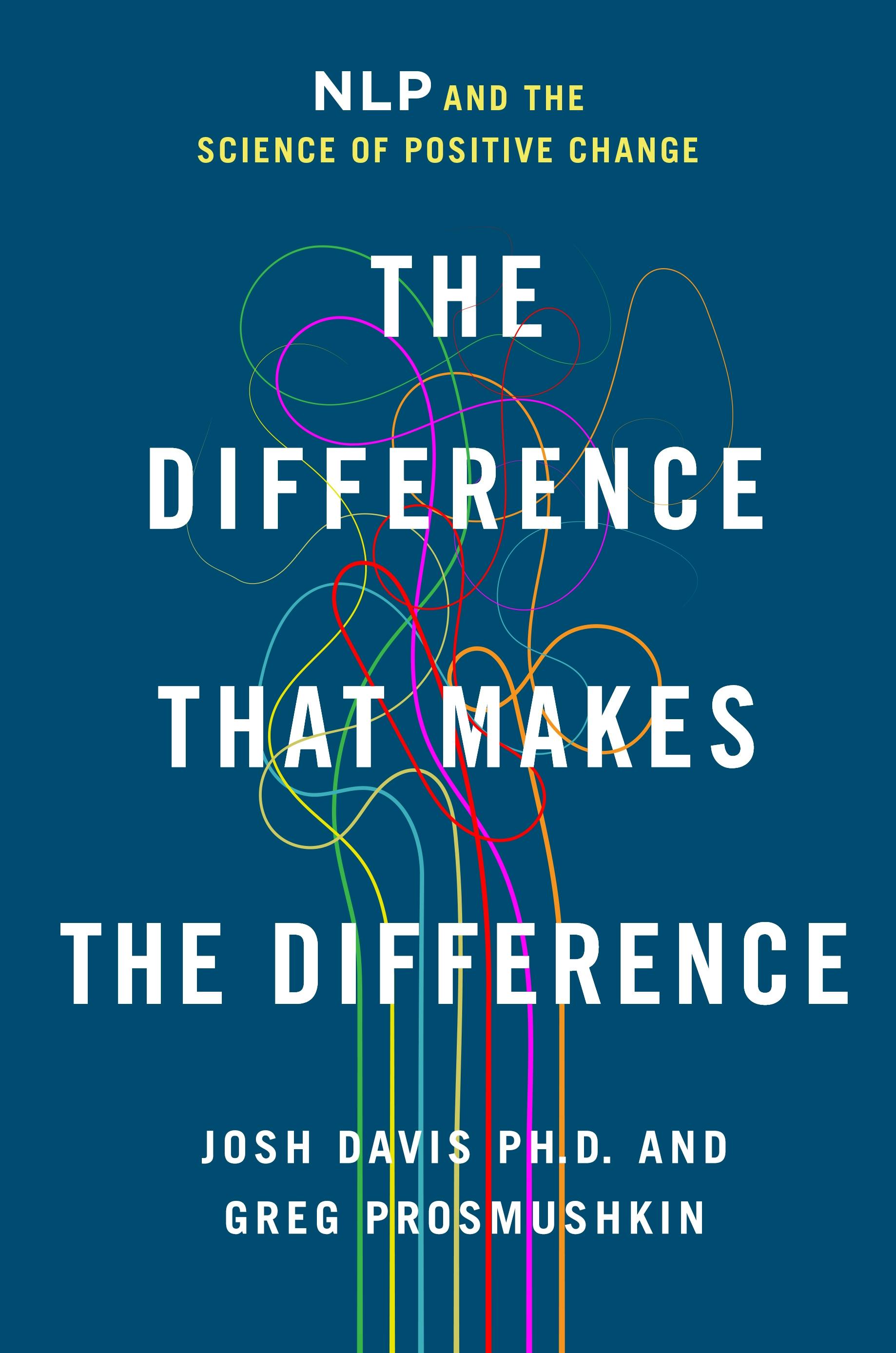
In Extreme Ownership, Jocko Willink and Leif Babin, two U.S. Navy SEAL officers who led the most highly decorated special forces unit of the Iraq War, demonstrate how to apply powerful leadership principles from the battlefield to business and life. Read on for an excerpt.
All the good things I had done and the solid reputation I had worked hard to establish in my career as a SEAL were now meaningless. Despite the many successful combat operations I had led, I was now the commander of a unit that had committed the SEAL mortal sin.
A day passed as I waited for the arrival of the investigating officer, our CO, and command master chief (CMC), the senior enlisted SEAL at the command. In the meantime, they directed me to prepare a brief detailing what had happened. I knew what this meant. They were looking for someone to blame, and most likely someone to “relieve”—the military euphemism for someone to fire.
Frustrated, angry, and disappointed that this had happened, I began gathering information. As we debriefed, it was obvious there were some serious mistakes made by many individuals both during the planning phase and on the battlefield during execution. Plans were altered but notifications weren’t sent. The communication plan was ambiguous, and confusion about the specific timing of radio procedures contributed to critical failures. The Iraqi Army had adjusted their plan but had not told us. Timelines were pushed without clarification. Locations of friendly forces had not been reported. The list went on and on.
Within Task Unit Bruiser—my own SEAL troop—similar mistakes had been made. The specific location of the sniper team in question had not been passed on to other units. Positive identification of the assumed enemy combatant, who turned out to be an Iraqi soldier, had been insufficient. A thorough SITREP (situation report) had not been passed to me after the initial engagement took place.
The list of mistakes was substantial. As directed, I put together a brief, a Microsoft PowerPoint presentation with timelines and depictions of the movements of friendly units on a map of the area. Then I assembled the list of everything that everyone had done wrong.
It was a thorough explanation of what had happened. It outlined the critical failures that had turned the mission into a nightmare and cost the life of one Iraqi soldier, wounded several more, and, but for a true miracle, could have cost several of our SEALs their lives.
But something was missing. There was some problem, some piece that I hadn’t identified, and it made me feel like the truth wasn’t coming out. Who was to blame?
I reviewed my brief again and again trying to figure out the missing piece, the single point of failure that had led to the incident. But there were so many factors, and I couldn’t figure it out.
Finally, the CO, the CMC, and the investigating officer arrived at our base. They were going to drop their gear, grab some food at the chow hall, and then we would bring everyone together to debrief the event.
I looked through my notes again, trying to place the blame.
Then it hit me.
Despite all the failures of individuals, units, and leaders, and despite the myriad mistakes that had been made, there was only one person to blame for everything that had gone wrong on the operation: me. I hadn’t been with our sniper team when they engaged the Iraqi soldier. I hadn’t been controlling the rogue element of Iraqis that entered the compound. But that didn’t matter. As the SEAL task unit commander, the senior leader on the ground in charge of the mission, I was responsible for everything in Task Unit Bruiser. I had to take complete ownership of what went wrong. That is what a leader does—even if it means getting fired. If anyone was to be blamed and fired for what happened, let it be me.
A few minutes later, I walked into the platoon space where everyone was gathered to debrief. The silence was deafening. The CO sat in the front row. The CMC stood ominously in the back. The SEAL that had been wounded—fragged in the face by a .50-caliber round—was there, his face bandaged up.
I stood before the group. “Whose fault was this?” I asked to the roomful of teammates.
After a few moments of silence, the SEAL who had mistakenly engaged the Iraqi solider spoke up: “It was my fault. I should have positively identified my target.”
“No,” I responded, “It wasn’t your fault. Whose fault was it?” I asked the group again.
“It was my fault,” said the radioman from the sniper element. “I should have passed our position sooner.”
“Wrong,” I responded. “It wasn’t your fault. Whose fault was it?” I asked again.
“It was my fault,” said another SEAL, who was a combat advisor with the Iraqi Army clearance team. “I should have controlled the Iraqis and made sure they stayed in their sector.”
“Negative,” I said. “You are not to blame.” More of my SEALs were ready to explain what they had done wrong and how it had contributed to the failure. But I had heard enough.
“You know whose fault this is? You know who gets all the blame for this?” The entire group sat there in silence, including the CO, the CMC, and the investigating officer. No doubt they were wondering whom I would hold responsible. Finally, I took a deep breath and said, “There is only one person to blame for this: me. I am the commander. I am responsible for the entire operation. As the senior man, I am responsible for every action that takes place on the battlefield. There is no one to blame but me. And I will tell you this right now: I will make sure that nothing like this ever happens to us again.”
It was a heavy burden to bear. But it was absolutely true. I was the leader. I was in charge and I was responsible. Thus, I had to take ownership of everything that went wrong. Despite the tremendous blow to my reputation and to my ego, it was the right thing to do—the only thing to do. I apologized to the wounded SEAL, explaining that it was my fault he was wounded and that we were all lucky he wasn’t dead. We then proceeded to go through the entire operation, piece by piece, identifying everything that happened and what we could do going forward to prevent it from happening again.
Looking back, it is clear that, despite what happened, the full ownership I took of the situation actually increased the trust my commanding officer and master chief had in me. If I had tried to pass the blame on to others, I suspect I would have been fired—deservedly so. The SEALs in the troop, who did not expect me to take the blame, respected the fact that I had taken full responsibility for everything that had happened. They knew it was a dynamic situation caused by a multitude of factors, but I owned them all.
The U.S. Army and U.S. Marine conventional commanders took the debrief points as lessons learned and moved on. Having fought in Ramadi for an extended period of time, they understood something we SEALs did not: blue-on-blue was a risk that had to be mitigated as much as possible in an urban environment, but that risk could not be eliminated. This was urban combat, the most complex and difficult of all warfare, and it was simply impossible to conduct operations without some risk of blue-on-blue. But for SEALs accustomed to working in small groups against point targets, fratricide should never happen.
A very senior and highly respected SEAL officer, who before joining the Navy had been a U.S. Marine Corps platoon commander in Vietnam at the historic Battle of Hue City, came to visit our task unit shortly after the incident. He told me that many of the Marine casualties in Hue were friendly fire, part of the brutal reality of urban combat. He understood what we had experienced and just how easily it could happen.
But, while a blue-on-blue incident in an environment like Ramadi might be likely, if not expected, we vowed to never let it happen again. We analyzed what had happened and implemented the lessons learned. We revised our standard operating procedures and planning methodology to better mitigate risk. As a result of this tragic incident, we undoubtedly saved lives going forward. While we were mistakenly engaged by friendly elements again many times during the rest of the deployment, we never let it escalate and were always able to regain control quickly.
But the tactical avoidance of fratricide was only part of what I learned. When I returned home from deployment, I took over Training Detachment One, which managed all training for West Coast SEAL platoons and task units in preparation for combat deployments. I set up scenarios where blue-on-blue shootings were almost guaranteed to happen. When they did, we, the training cadre, explained how to avoid them.
But more important, the commanders in training could learn what I had learned about leadership. While some commanders took full responsibility for blue-on-blue, others blamed their subordinates for simulated fratricide incidents in training. These weaker commanders would get a solid explanation about the burden of command and the deep meaning of responsibility: the leader is truly and ultimately responsible for everything.
That is Extreme Ownership, the fundamental core of what constitutes an effective leader in the SEAL Teams or in any leadership endeavor.
Copyright © 2015, 2017 by Jocko Willink and Leif Babin

Jocko Willink was a Navy SEAL for 20 years, rising through the ranks to become commander of Task Unit Bruiser―the most decorated Special Operations unit of the Iraq War. After retiring, Willink continued on the disciplined path of success, co-founding Echelon Front, a premier leadership and management consulting company, writing the #1 New York Times bestsellers Extreme Ownership; Leadership Strategy and Tactics; Discipline Equals Freedom; and The Way of the Warrior Kid children’s series. He created and hosts the top-rated podcast, Jocko Podcast, and is also a principal at several highly successful companies, including JOCKO FUEL and Origin USA.
Photo Credit: Echo Charles

Leif Babin served 9 years as a Navy SEAL. He was in combat in Iraq during the Battle of Ramadi, a conflict that resulted in numerous medals for his efforts. After his tours, Babin served as a Navy SEAL instructor before forming Echelon Front with Jocko Willink, a leadership training group that uses the lessons and expertise the pair learned as SEALs to train leaders beyond the military. He is the co-author of the #1 New York Times bestseller Extreme Ownership. Babin lives in New York.










